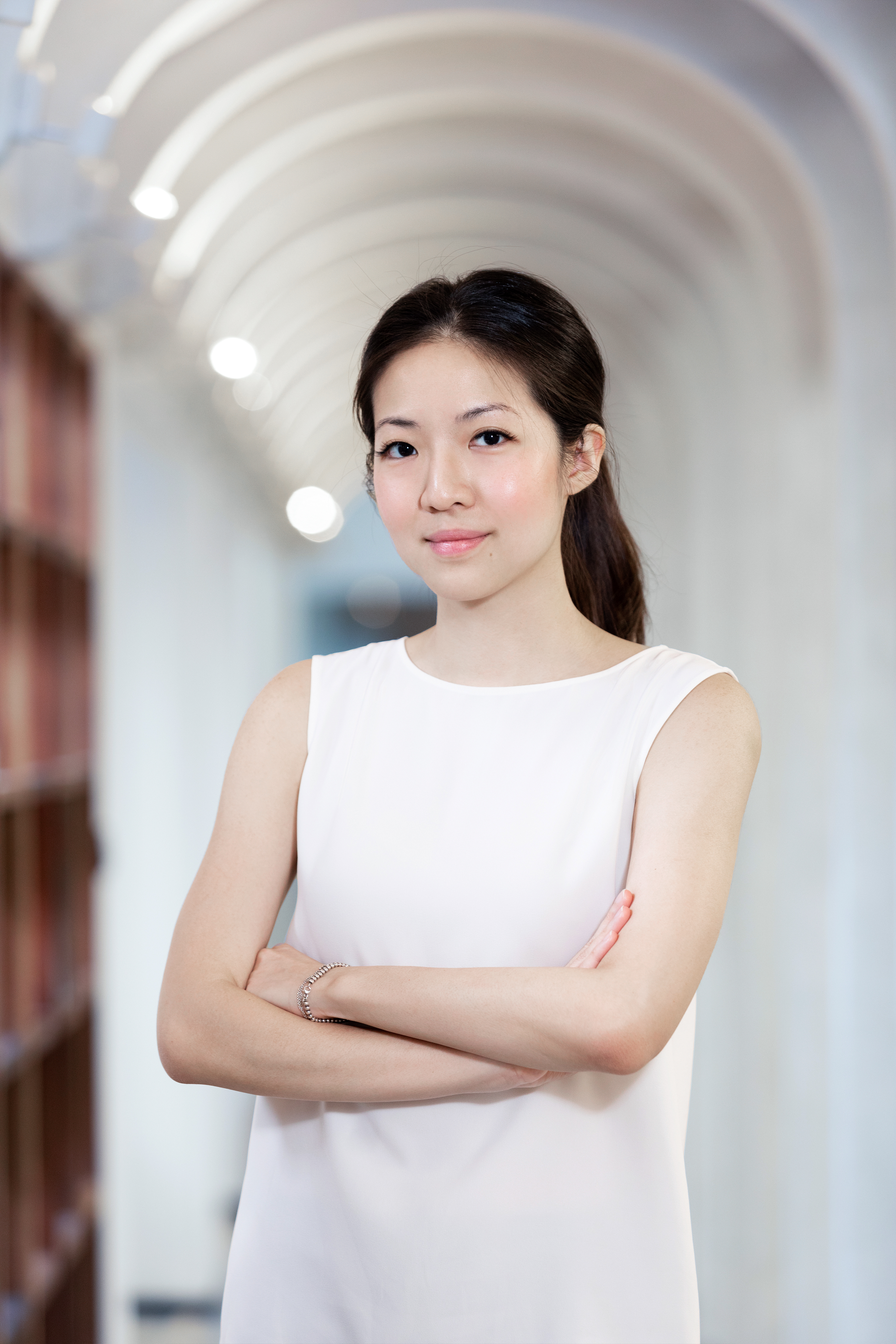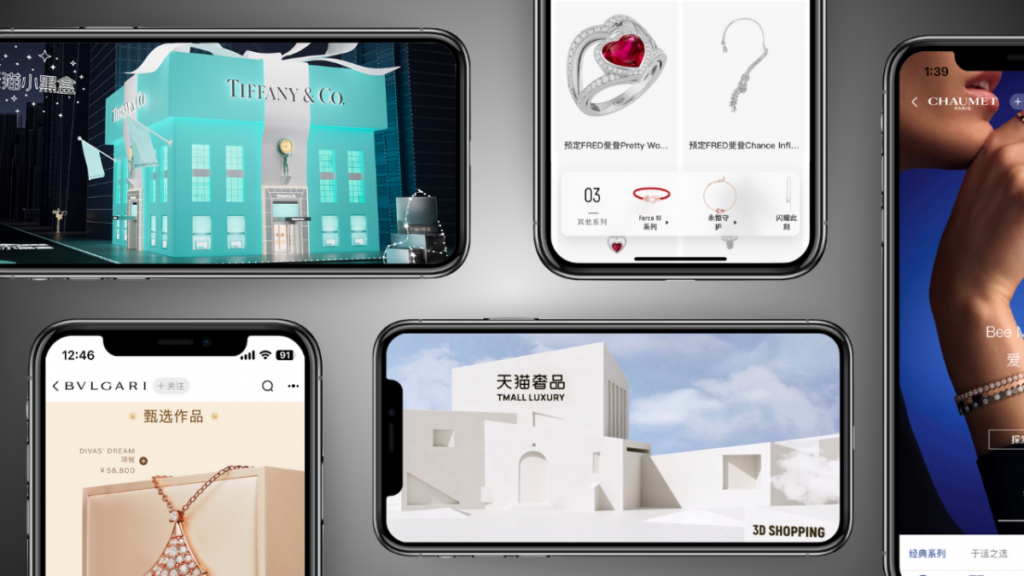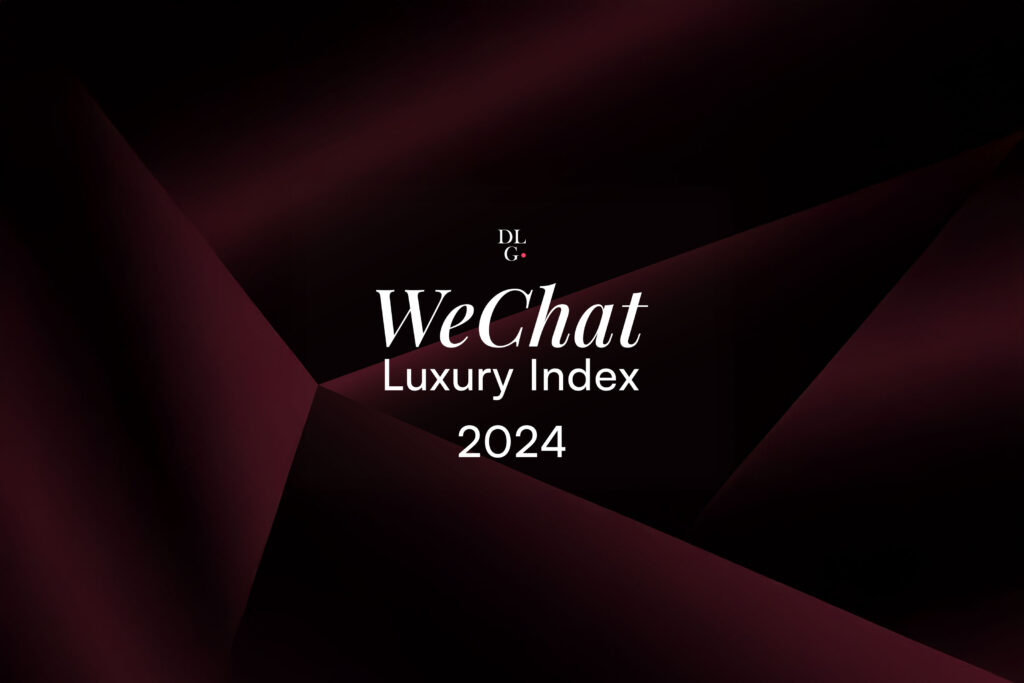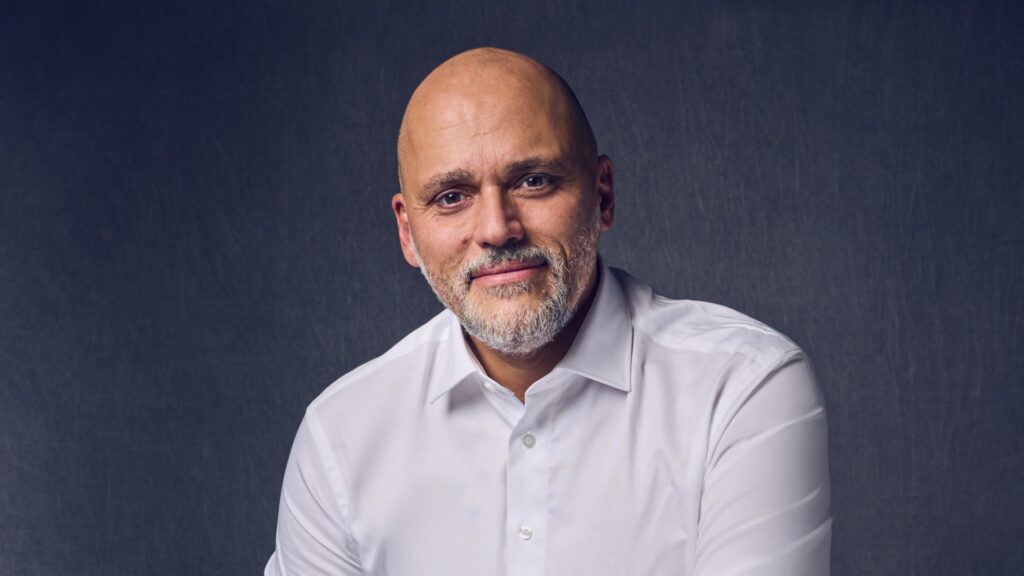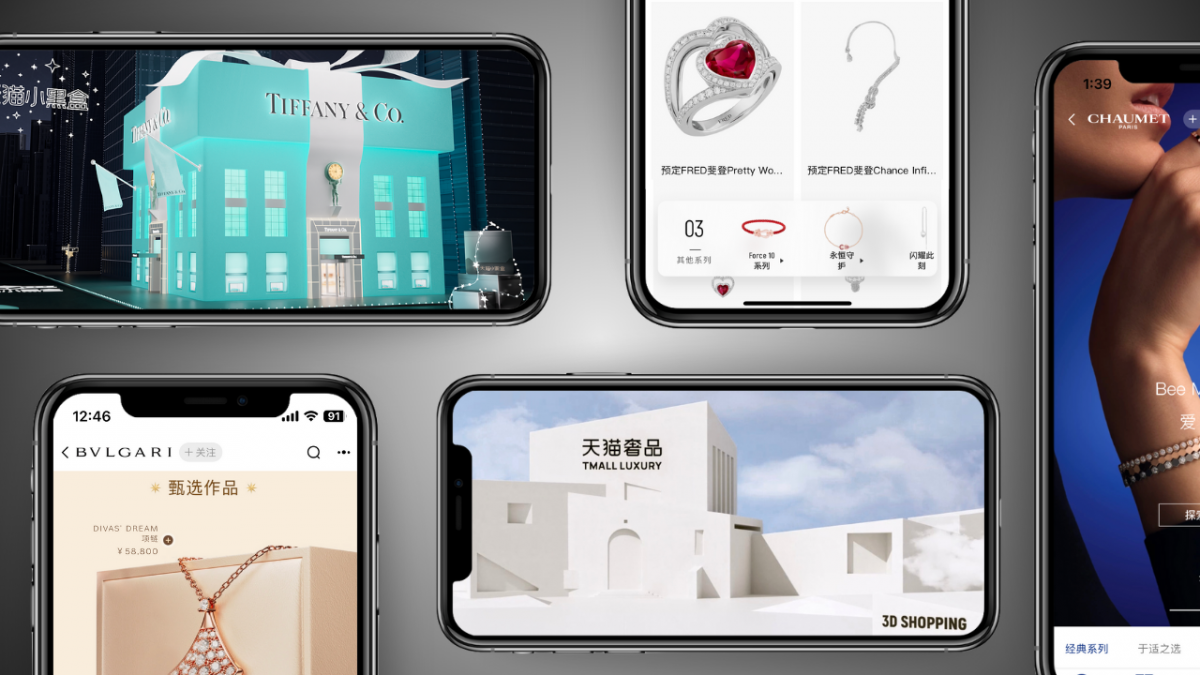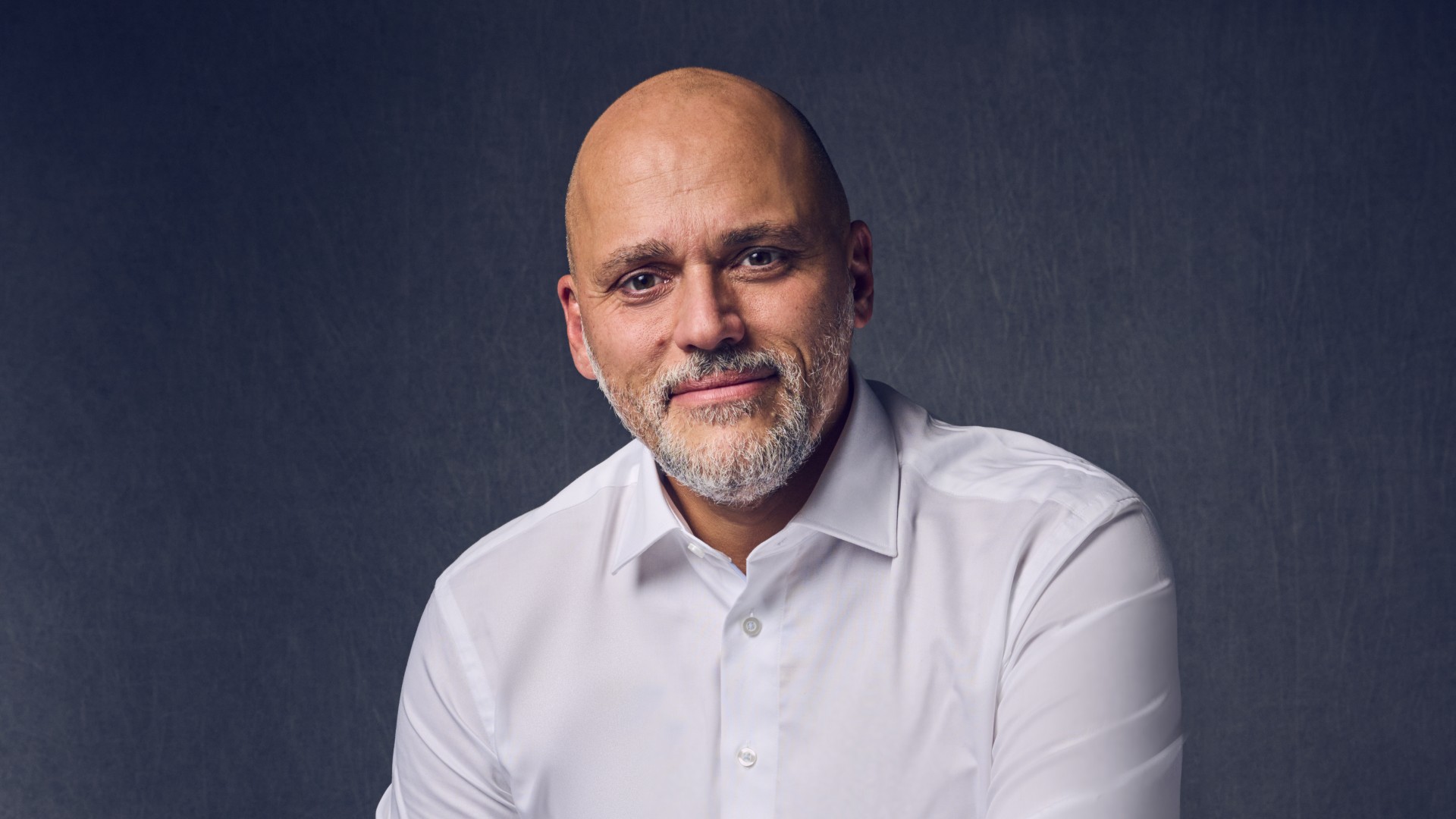As the world’s most glamorous motorsport accelerates into a new era of unprecedented popularity, luxury brands are racing to capitalize on Formula 1’s explosive growth and coveted audience.
As Netflix’s “Drive to Survive” launched its seventh season in March ahead of the Formula 1 Melbourne Grand Prix to great fanfare, it is evident that the sport has expanded its reach beyond traditional audiences, creating unprecedented opportunities for premium brands to connect with new consumer segments.
This transformation is precisely what The Luxury Society Podcast explored in its inaugural episode. Co-hosts Robin Swithinbank, contributor to publications like The New York Times and GQ, and DLG Founder & CEO David Sadigh delved into the phenomenon with industry experts including Marie Le Scao, Head of Social Media at DLG. This first episode also featured a segment with Antoine Pin, CEO of TAG Heuer – a brand with deep historical connections to Formula 1.
Formula 1’s Growing Impact and Importance for Brands
The numbers tell a compelling story about Formula 1’s meteoric rise in recent years. A report by Nielsen Sports in December revealed that there are now 1.5 billion people who tune in at some point during the Formula One season. Fan numbers have also shot up by 50 million to 750 million since 2021.
“The opportunity to get those new audiences are mostly coming from the digital ecosystem Formula 1 is bringing to the brands,” explains Le Scao. “You can get close to 434 million community followers if we are looking at driver followers, the racing team, Formula 1 itself and Netflix’s ‘Drive to Survive.'”
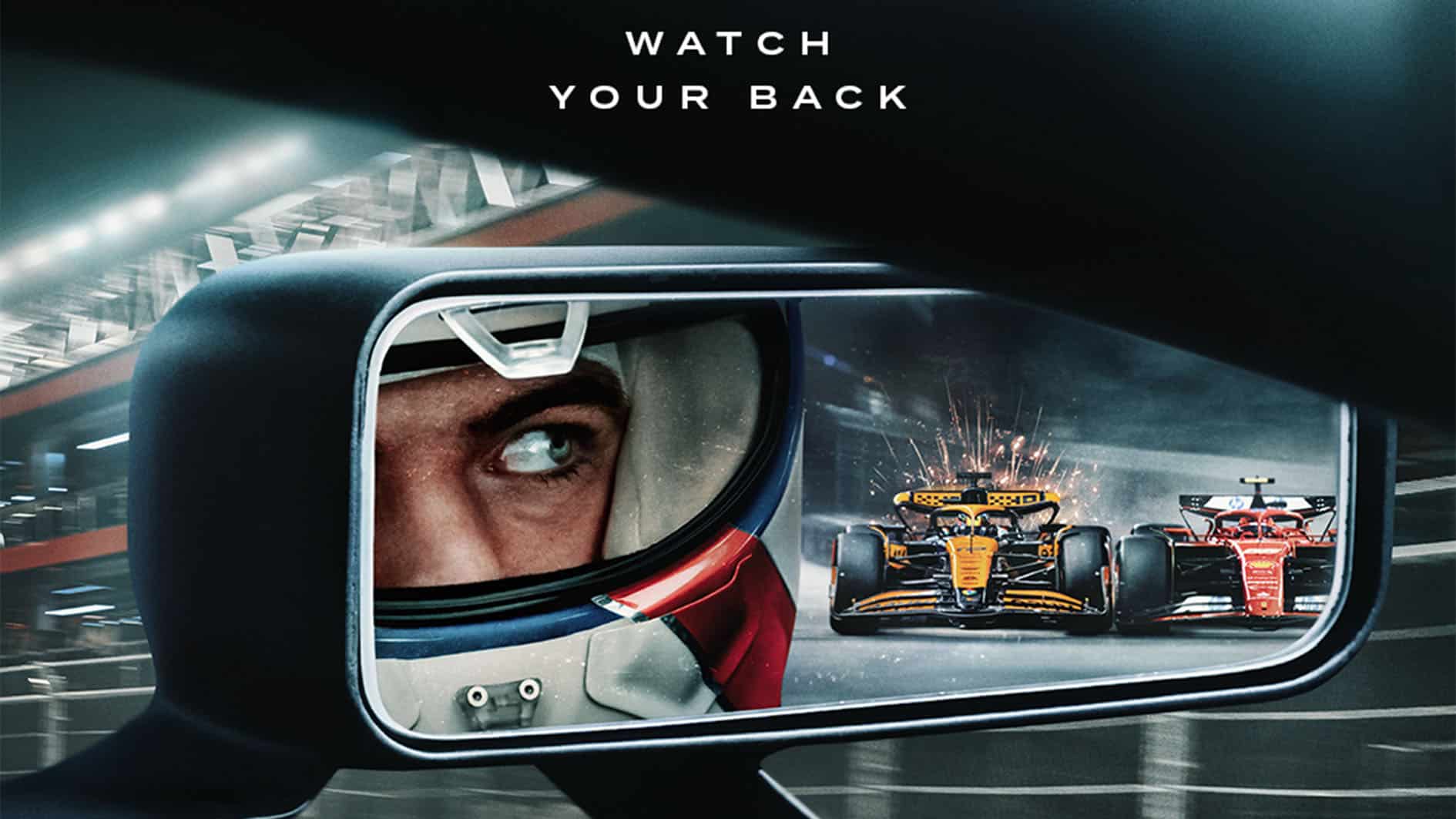
This expanded reach has significantly increased the value of Formula 1 as a marketing platform. Based on the Nielsen report, the average size of a sponsorship deal has risen by 56% compared to pre-pandemic figures – from US $2.87 million in 2019 to US $5.08 million today. While the cost of Formula 1 sponsorships has increased, it is still considered a worthwhile investment due to the sport’s growing viewership and reach.
The relationship between luxury brands and Formula 1 has become an increasingly symbiotic one – brands gain exposure to a global audience with high disposable income, while Formula 1 teams receive crucial funding and enhance their prestige through association with premium brands.
Targeting Younger Luxury Consumers
The youth revolution in Formula 1 is reshaping luxury marketing demographics. As rising stars like Lando Norris and Charles Leclerc become household names, they’re bringing with them armies of Gen Z and Millennial fans – precisely the consumers luxury brands struggle to capture through traditional channels.
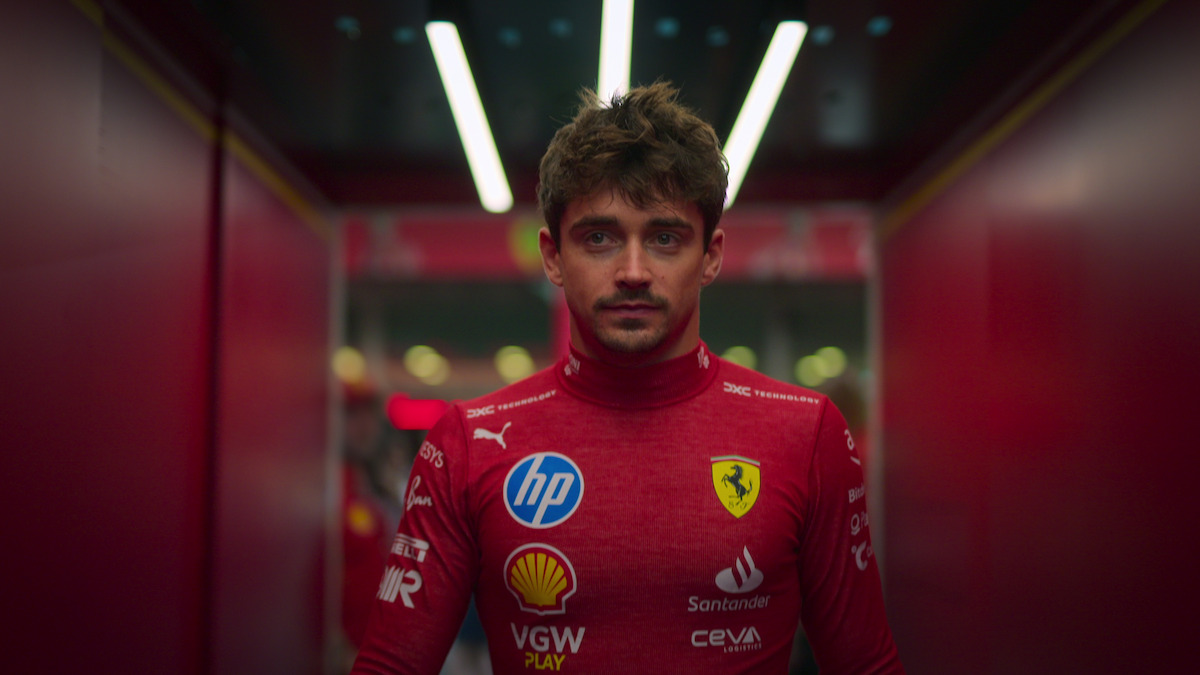
“You can speak to your existing clients while simultaneously planting seeds with younger generations who are discovering your brand for the first time,” explains Le Scao. “By aligning with the values of a racing team or driver, you’re crafting an authentic narrative that resonates with audiences who prioritize genuine connections.”
This early-stage brand relationship is a strategic priority for luxury marketers. Le Scao notes, “It’s about embedding your brand into the age pyramid. When teenagers fall in love with a driver and then the sport, they create lifelong emotional attachments to the brands in that ecosystem.”
Netflix’s “Drive to Survive” has dramatically accelerated this process, stripping away Formula 1’s exclusivity in favour of accessibility. The docuseries has transformed casual viewers into passionate fans seemingly overnight, creating a ready-made audience for luxury brands hunting for their next generation of customers.
The Constantly Changing Face of Luxury
It helps that as brands navigate the Formula 1 landscape, they’re finding that the rules of engagement are still being written. “I think the great thing for luxury brands is that we cannot really say that there’s a template yet because they are all trying to navigate around this,” says Le Scao. “It is all still quite new, so there’s a lot of room to invent your own model.”
This flexibility allows brands to experiment with different approaches, from traditional sponsorships to more innovative digital activations and immersive experiences. This experimentation reflects a broader democratisation of luxury happening across the industry. Just as Formula 1 has expanded beyond its elite origins to reach wider audiences, luxury brands are finding success by becoming more accessible while maintaining their aspirational status. However, this is occurring against a backdrop of geopolitical shifts that are redrawing the luxury map.
Recent international trade developments and tariff adjustments are set to reshape global luxury consumption patterns, potentially altering price structures and demand across different markets. As the industry adapts to these economic changes, forward-thinking luxury brands are diversifying their presence across key regions – particularly Europe, China, and increasingly, India.
India, now the world’s most populous nation, represents a significant opportunity for luxury brands looking to expand their global footprint. “India is actually not the next big thing. It’s the big thing right now,” emphasizes Bénédicte Soteras, Partner & International Client Director at DLG, who was also featured in the podcast’s debut episode. “It is super important for luxury brands to be visible there. They need to get closer to those places of influence. They need to ideally have a physical presence in the country, either through their own boutiques or retailers.”
The numbers support this assertion. “Swiss watch exports to [India] grew by 25% in revenue last year,” Soteras points out. “It’s also where Hermes, Louis Vuitton and the Galeries Lafayette opened some of their latest flagship stores.”
The growing Formula 1 interest in India, including discussions about bringing the sport back to the country after its previous stint from 2011 to 2013, creates another avenue for luxury brands to connect with affluent Indian consumers. This convergence of Formula 1’s global appeal and India’s burgeoning luxury market represents a significant opportunity for brands willing to invest in this evolving landscape.
To hear more insights from Marie Le Scao, Bénédicte Soteras, and Antoine Pin, CEO of TAG Heuer, tune in to the first episode of The Luxury Society Podcast, available now on all major podcast platforms.

